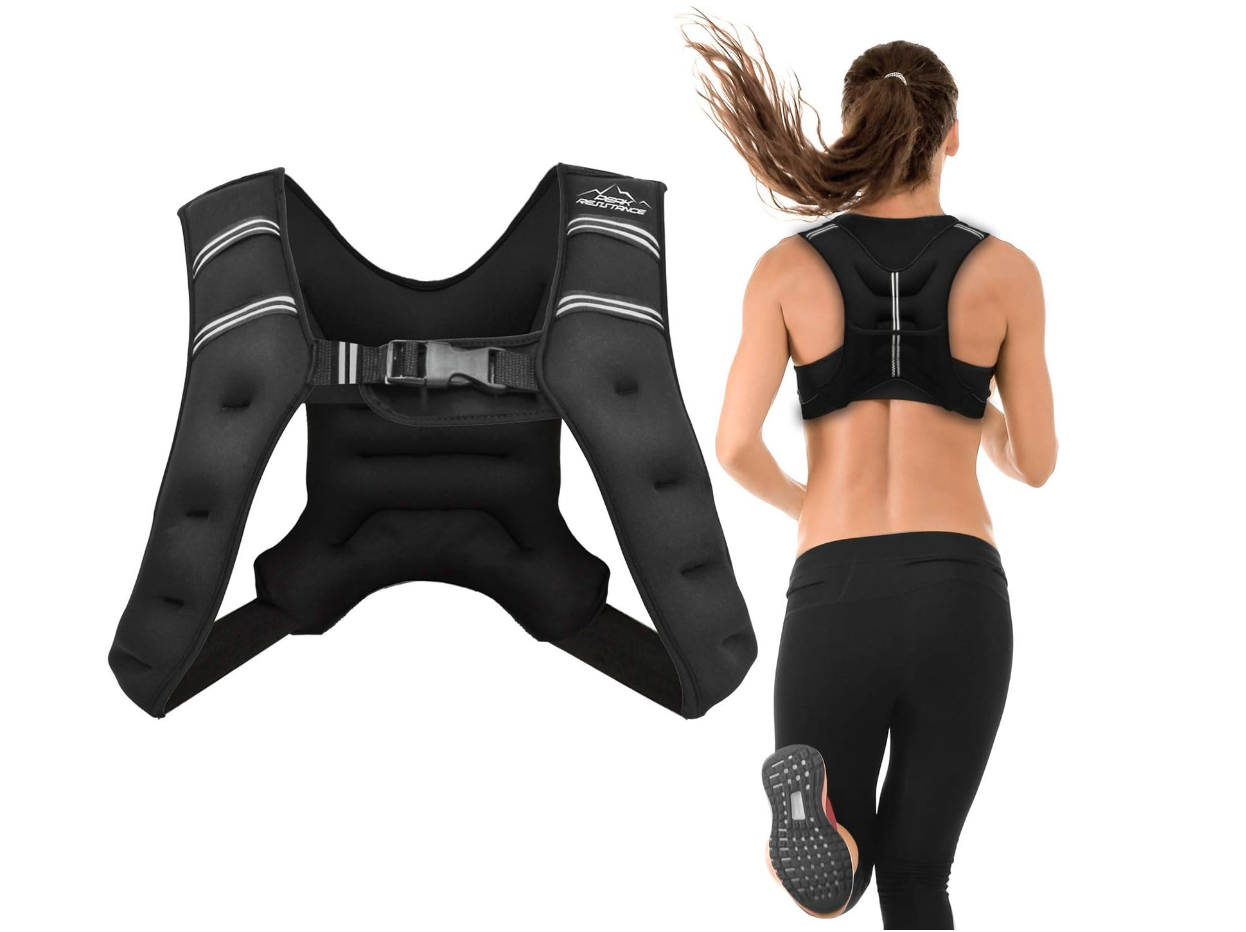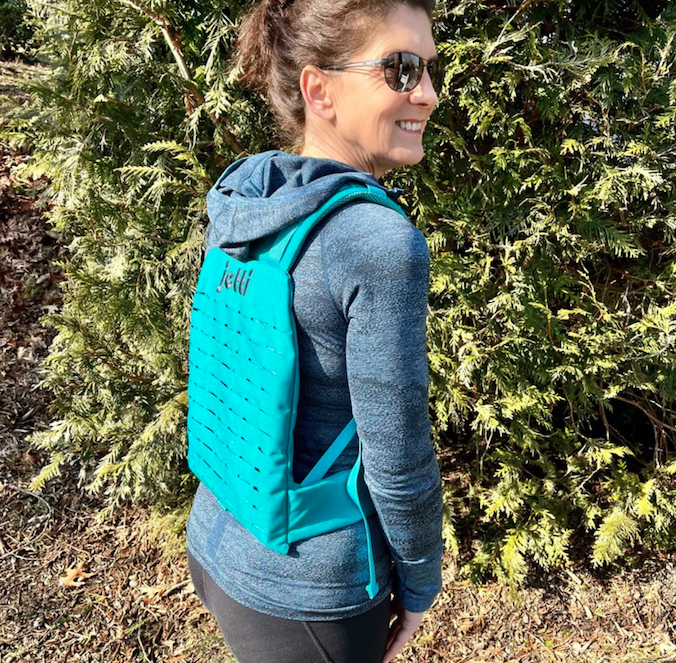This idea of hiking with a weighted pack, or rucking, isn't only for firefighters or soldiers anymore, though. The trend is blowing up (with more than 20 million views on TikTok) as a way to take a simple walking routine up to the next level. So, I wanted to get the scoop on just how rucking works to increase your fitness, and how to get started. Here's what I found out.
The fitness benefits of rucking
Rucking hits the sweet spot of strength training plus low-impact cardio fitness, making for a super well-rounded workout.
As soon as you put the pack on and start walking, you'll immediately notice more pounding in your chest. “The rucksack (or weighted vest) places a greater demand on your body, thus eliciting a higher heart rate response,” says Steve Stonehouse, CPT, director of training and experience for BFT. “Challenging the cardiovascular system or ‘doing cardio’ isn't just about going for a run or sprinting on the bike. It's about getting your heart rate up—and rucking definitely does this!”
{{post.sponsorText}}
But it's not just your heart that benefits. Rucking also strengthens all the muscles we use when walking. “The additional weight and resistance force your legs, back, shoulders, and core to stay engaged and work the entire time you're rucking,” Stonehouse says. Yes, that's right: Rucking is one way to turn walking into a workout for your abs.
Stonehouse says that, overall, rucking can be much less stressful on your body than other popular forms of cardio, like running or HIIT classes. And one of the best parts of this fitness trend is its flexibility. “You can easily adjust the difficulty of this activity,” he says. “Whether that's by increasing or decreasing the weight of the rucksack/weighted vest or adjusting your pace, it's super simple and immediate.”
How to get started with rucking
Tempted to try out this trend? We've got good news for you: “If you can walk, you can ruck,” Stonehouse says.
This simple, low-impact workout is as easy as adding a little weight (think: books, soup cans, or dumbbells) to a properly fitting backpack or putting on a traditional weighted vest before you head out the door. Stonehouse recommends the vest option because it ensures the weight is evenly distributed and doesn’t put too much strain on your back—and removes any possibility of an ill-fitting backpack. That said, you're probably more likely to have an extra backpack hanging around your closet, so just be sure to distribute the weight as evenly as possible in the bag, and keep the straps level.

Available in weights from four to 30 pounds, this vest comes with an adjustable belt in the front to fit most body sizes.

This weighted pack is specifically designed for women with curved shoulder straps, an adjustable chest strap, and a comfortable padded waist belt and a weight range from 7 to 30 pounds.
“The rucksack doesn't need to be super heavy in the beginning," says Stonehouse. "Don't overthink it, just go. What many people love about rucking is it's extremely cheap (if not free), and you can go anywhere, anytime.”
Most importantly, don't let intimidation keep you from taking your walk to the next level this way. “Technology and modern conveniences are designed to make our lives easier," says Stonehouse. "Because of this, I can't stress enough how important it is to regularly do things that make you feel strong. That feeling is more powerful than you can imagine and it will last longer the more often you do it.”
Loading More Posts...